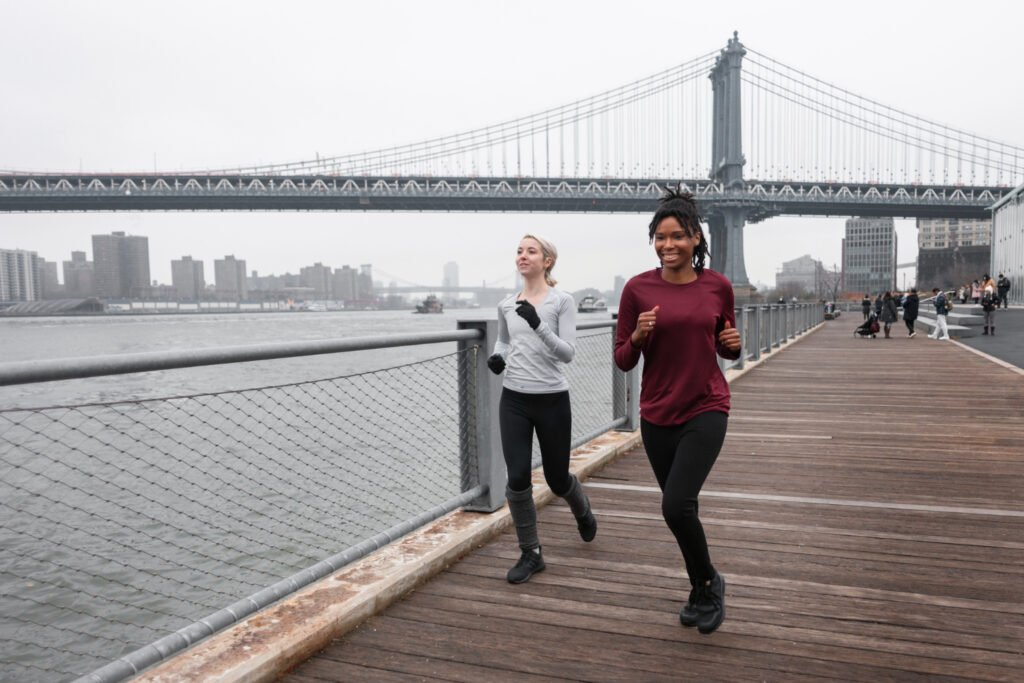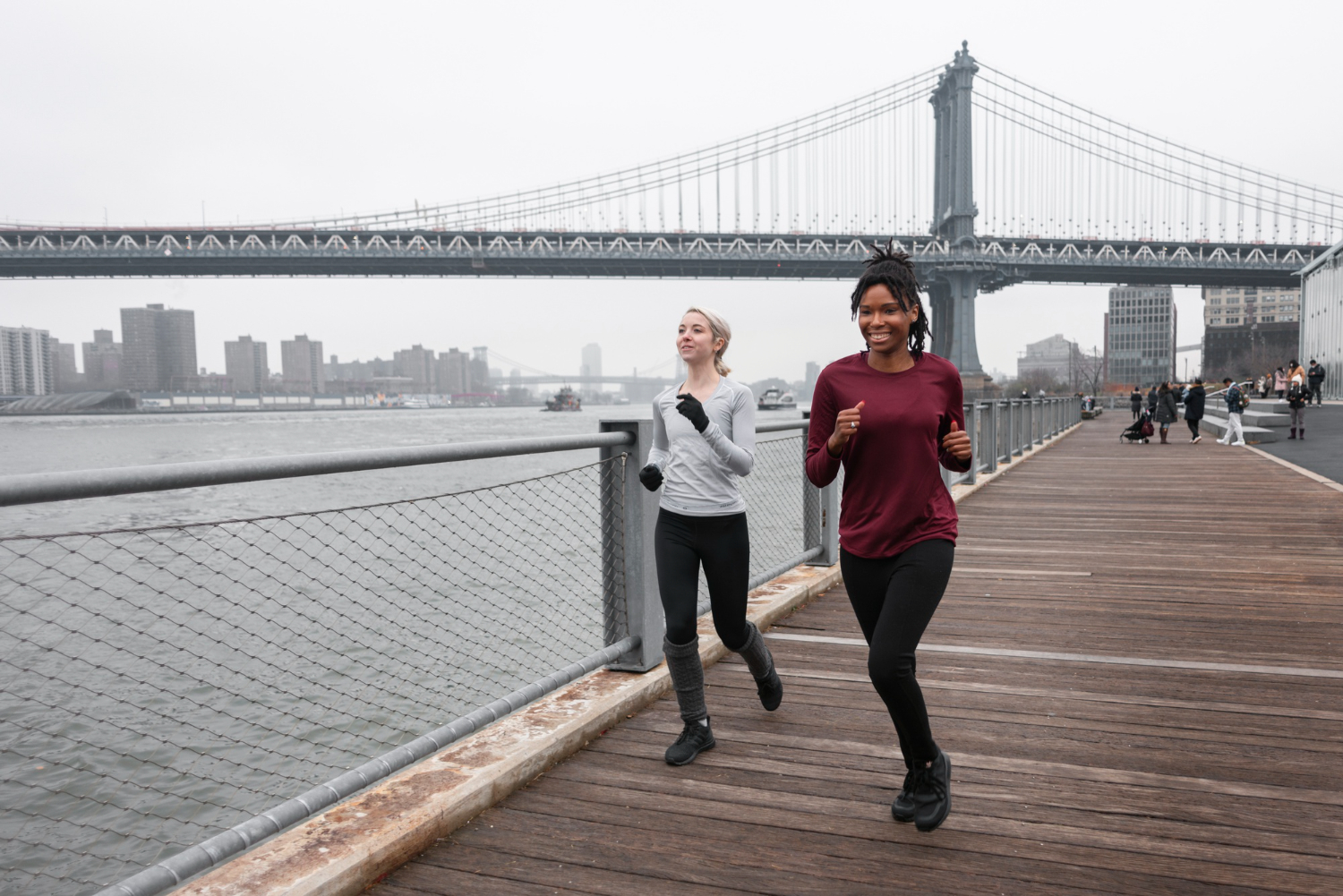
In this article
overview
Ever wondered why some exercises yield better results than others? It’s not just about the time you spend working out, but how smart you are with your exercise choices. Discover the exercises that maximize your efforts and get you closer to your fitness goals faster.
Why Exercise Effectiveness Matters
In a world where time is precious, efficient workouts can make all the difference. Not all exercises are created equal; some engage multiple muscle groups, are suitable for various fitness levels, or burn calories more effectively. We consulted fitness experts to bring you a list of the most effective exercises.
Top Effective Exercises
1. Walking: The Underrated Cardiovascular Champion
Walking is a fantastic cardiovascular exercise that strengthens the heart and burns calories. It’s accessible to most people, requiring only a good pair of shoes. Dr. Robert Gotlin, director of orthopaedic and sports rehabilitation at Beth Israel Medical Center, highlights that a brisk walk can burn up to 500 calories per hour. For beginners, start with 5-10 minute sessions and gradually increase to at least 30 minutes per session.
Pro Tip: As you build endurance, extend your walking time before increasing speed or incline.
2. Interval Training: Boosting Fitness Levels
Interval training involves alternating between high and low-intensity periods during your workout. This method enhances your aerobic capacity and calorie-burning potential. Fitness expert Richard Cotton suggests pushing the intensity for a minute or two, then recovering for 2 to 10 minutes, depending on your fitness level and workout duration.
Pro Tip: Consult a trainer to determine the best interval durations for your fitness level.
3. Squats: The Multitasker of Strength Training
Squats are a powerhouse exercise, engaging the quadriceps, hamstrings, and glutes. According to trainer David Petersen, they offer excellent value by targeting multiple muscle groups simultaneously. Good form is crucial: keep your feet shoulder-width apart, back straight, and knees over your ankles.
Pro Tip: Practice with a chair to master the technique before progressing to free-standing squats.
4. Push-ups: The All-Rounder
Push-ups work the chest, shoulders, triceps, and core. Begin with easier variations, such as pushing from a counter, and gradually progress to floor push-ups. Ensure your body forms a straight line from shoulders to knees or feet, and keep your core engaged.
Pro Tip: For added challenge, try the “T-stabilization” push-up, lifting one arm to the side while maintaining balance.
5. Abdominal Crunches: Core Strengthening Classic
Crunches are effective for targeting the abdominal muscles. Start by lying on your back, feet flat on the floor, and fingertips supporting your head. Engage your abs to lift your head, neck, and shoulders off the floor. For a variation, lift your feet off the ground to avoid engaging hip flexors improperly.
Pro Tip: Rotate your torso during crunches to work the obliques and enhance the exercise’s effectiveness.
6. Bent-over Rows: Upper Back and Bicep Builder
Bent-over rows target the major muscles of the upper back and biceps. Stand with feet shoulder-width apart, bend your knees, and hinge at the hips. Hold dumbbells or a barbell, and lift your hands towards your body while keeping your spine straight.
Pro Tip: Beginners can perform this exercise without weights to master the form.
7. Swimming: The Total Body Workout
Swimming is a low-impact exercise that’s easy on the joints and excellent for cardiovascular health. Dr. I-Min Lee of Harvard Medical School recommends it for people with arthritis due to its non-weight-bearing nature. Swimming can also improve mental well-being and mood.
Pro Tip: Try water aerobics for a calorie-burning, muscle-toning workout.
8. Tai Chi: The Mind-Body Connector
Tai chi combines movement and relaxation, making it beneficial for both body and mind. Referred to as “meditation in motion,” it enhances balance and flexibility Tai chi is particularly advantageous for older adults, helping maintain balance and preventing falls.
Pro Tip: Join a class to learn proper form and get the most benefit from tai chi.
9. Strength Training: Muscle Preservation
Strength training is crucial for maintaining muscle mass, especially as we age. Lifting light weights can help keep muscles strong without adding bulk. Dr. Lee emphasizes starting with light weights and gradually increasing as your strength improves.
Pro Tip: Incorporate strength training twice a week to maintain muscle and boost metabolism.
10. Kegel Exercises: Pelvic Floor Strengtheners
Kegel exercises strengthen the pelvic floor muscles, helping prevent incontinence.These exercises are advantageous for both men and women. To perform Kegels, squeeze the muscles you’d use to stop urinating, hold for a few seconds, and release.
Pro Tip: Aim for four to five sets of Kegels daily.
Exercises Worth Trying
- Side Plank with Hip Abduction: A full-body challenge that strengthens the core and hips.
- Hollow Hold to Jackknife: Engages the abs and enhances core stability.
- Jumping Lunges: Plyometric exercise that builds strength and cardiovascular endurance.
The Takeaway
Exercise efficiency is about working smarter, not harder. By incorporating these top exercises into your routine, you can maximize your workout benefits in less time. Whether you’re walking, swimming, or lifting weights, focus on proper form and consistency.Remember, the most effective exercise is the one you can maintain consistently. Begin with manageable steps, remain dedicated, and observe your fitness progress gradually.
Take the first step today. Choose one of these exercises and integrate it into your routine. Your body and mind will thank you
A Quick Review
This article explores the most effective exercises for overall health and fitness. It covers a variety of workouts that are beneficial for both men and women, ranging from walking and interval training to strength exercises like squats and push-ups. Each exercise is explained with its benefits and tips for proper form, ensuring a comprehensive guide for anyone looking to improve their fitness.
Frequently asked questionsay
What are the best exercises for beginners?
Walking and push-ups are great for beginners. Start slow and gradually increase intensity.
How can interval training help with weight loss?
Interval training boosts your aerobic capacity, helping you burn more calories in less time by varying intensity levels.
Why are squats important for strength training?
Squats target multiple muscle groups, including the quadriceps, hamstrings, and glutes, providing an efficient workout.
Can swimming help with joint pain?
Yes, swimming is a low-impact exercise that supports joints, making it ideal for those with arthritis or joint pain.
What is “meditation in motion” and its benefits?
Tai chi, known as “meditation in motion,” improves balance, flexibility, and mental relaxation.












